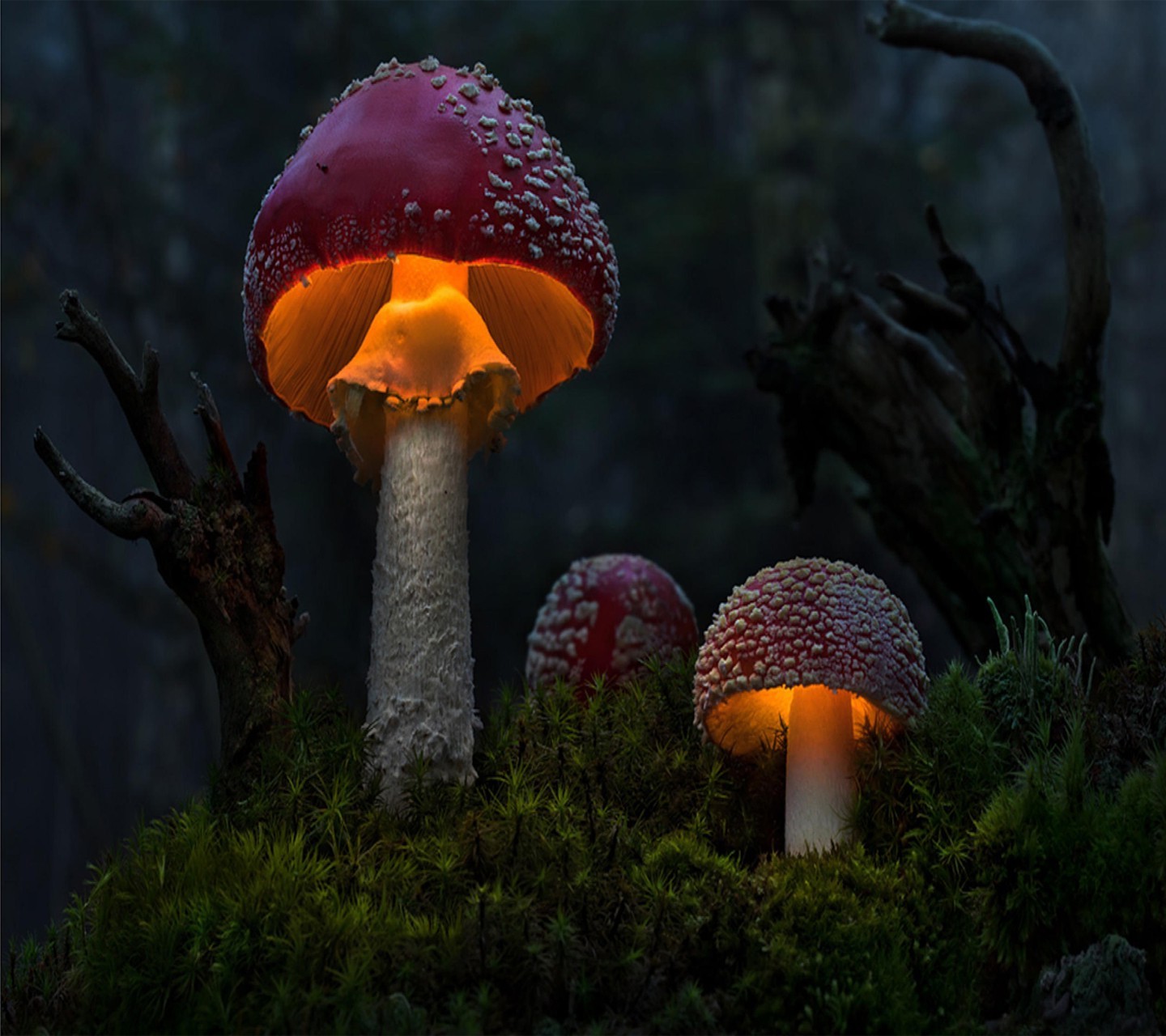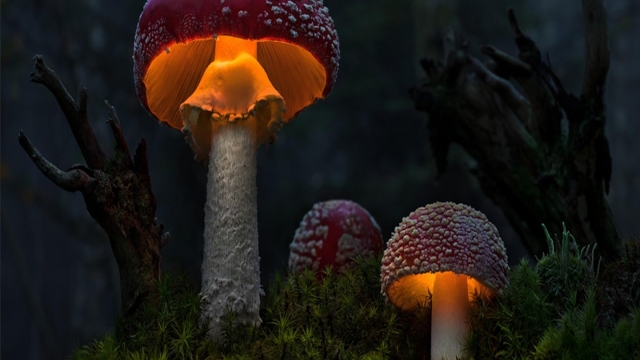
In the fascinating realm of horticulture, mushroom growing holds a special allure. With their unique shapes, earthy aromas, and tantalizing flavors, mushrooms have captured the imagination of both seasoned gardeners and curious beginners alike. Whether you have a green thumb or simply a curiosity for the natural world, delving into the world of mushroom cultivation offers a journey brimming with excitement and mystique.
At first glance, mushrooms may appear enigmatic and otherworldly, but the process of growing them is surprisingly accessible. Don’t be deterred by their mysterious nature, for within the practice of mushroom growing lies a true equilibrium between art and science. In a quest to unlock the magic of mushroom cultivation, we will explore the fundamental techniques, equipment, and secrets that form the bedrock of this captivating practice.
Embark on this journey with an open mind and an eagerness to explore the wondrous world of fungi. From selecting the right mushroom species to creating the ideal growing conditions, every step in the process offers unexpected discoveries and the satisfaction of nurturing these extraordinary organisms. So, gather your gardening tools and embark on a voyage into the realm of mushroom growing – where nature’s finest delights await to be unearthed.
Choosing the Right Mushroom Variety
When it comes to mushroom growing, selecting the right mushroom variety is crucial for success. Each variety has its own unique characteristics and requirements, so it’s important to choose one that suits your specific needs and growing conditions.
Firstly, consider the type of mushroom you want to grow. Some popular varieties include button mushrooms, oyster mushrooms, and shiitake mushrooms. Each of these has different flavors, textures, and culinary uses, so think about your preferences and what you plan to do with your harvest.
Next, take into account the environmental conditions necessary for each mushroom variety. Some mushrooms thrive in cooler temperatures, while others prefer warmer climates. Additionally, certain varieties may require specific substrates or growing mediums, such as sawdust, straw, or compost. Understanding these requirements will help ensure that your chosen mushroom variety can thrive in your growing setup.
Lastly, consider your level of experience and the resources available to you. Some mushrooms are more beginner-friendly, requiring less intensive care and attention. Others may require more advanced techniques or equipment. If you’re just starting out, it’s recommended to choose a variety that is known to be beginner-friendly and easier to cultivate.
By carefully considering these factors, you can make an informed decision when it comes to choosing the right mushroom variety for your growing endeavors. Remember to research each variety thoroughly and consult experts or fellow mushroom growers for advice if needed.
2. Understanding the Growing Process
In order to successfully venture into mushroom growing, it is crucial to have a solid understanding of the growing process. By comprehending the key aspects involved, you will be better equipped to create the ideal environment for cultivating these fascinating fungi.
Psilocybe Cubensis Grow Kit
First and foremost, mushrooms require a nutrient-rich substrate to thrive. This substrate serves as the food source for the growing mushrooms. Common options for substrates include straw, wood chips, or even compost. Choosing the right substrate is essential as it directly impacts the growth and development of the mushrooms.
Temperature and humidity play vital roles in the success of mushroom cultivation. Different species have specific temperature and humidity preferences, so it’s important to research and cater to these requirements. In general, mushrooms prefer cool and humid conditions. Maintaining the optimal moisture levels is crucial for promoting the growth of mycelium, the thread-like structure from which mushrooms eventually emerge.
Lighting is another factor to consider. Unlike plants, mushrooms do not rely on light for photosynthesis. In fact, exposure to direct sunlight can be detrimental to their growth. Instead, mushrooms thrive in low-light conditions. Providing indirect or ambient light is sufficient for their development. Remember to protect your growing area from direct sunlight to create the ideal lighting conditions.
Developing a deep understanding of the mushroom growing process enables you to create the perfect growing environment for your fungi. By focusing on the substrate, temperature, humidity, and lighting requirements, you will maximize the chances of a successful and bountiful mushroom harvest.
3. Tips for Successful Mushroom Cultivation
Choose the Right Mushroom Variety:
Selecting the appropriate mushroom variety is crucial for successful cultivation. Different mushrooms have specific growth requirements, so consider factors such as temperature, humidity, and substrate preference when making your choice. Popular options for beginners include oyster mushrooms, shiitake mushrooms, and white button mushrooms. Research each variety to ensure you provide the optimal conditions for their growth.Prepare a Suitable Growing Environment:
Creating a suitable growing environment is essential for cultivating healthy mushrooms. Maintain a clean and sterile growing area to minimize the risk of contamination and promote optimal growth. Mushrooms thrive in environments with consistent humidity, typically ranging between 60% and 80%. Additionally, they require proper ventilation and indirect natural light or low-intensity artificial lighting. Ensure you maintain the necessary temperature range, which varies depending on the selected mushroom variety.Provide the Right Growing Substrate:
Mushrooms grow on a variety of substrates, such as sawdust, straw, or compost. Research the preferred substrate for your chosen mushroom variety, as using the correct one will greatly increase your chances of success. Prepare the substrate by sterilizing or pasteurizing it to eliminate competing organisms that could hinder mushroom growth. Properly mix in spawn, which serves as the "seed" for mushrooms, to inoculate the substrate and initiate colonization.
By following these essential tips, you’ll be well on your way to a bountiful mushroom harvest. Remember to monitor your growing conditions closely and make adjustments as needed, as each variety may have specific requirements. Happy mushroom growing!
